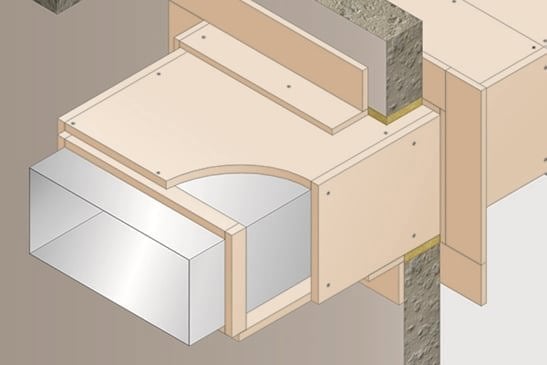Promat Technical Support
Contact our technical support team with your questions on passive fire protection solutions, our products and systems or installation advice.
Fire protection requirements for ventilation ducts are directly related to their design function, the nature and behaviour of the fire and the construction materials that fuel the fire load. The fire resistance performance of the ventilation duct itself also plays a critical role. It is possible to prevent fire spread from one fire compartment (e.g. between floors) to another, along stairways and general access corridors only if all building materials and structural elements share a common fire classification and fire resistance rating. Typical steel sheet ducts fail to meet internationally accepted fire protection requirements. They heat and deform rapidly from the effects of fire. In certain circumstances they even accelerate the spread of flame and smoke.

Promat offers a wide range of solutions for self-supporting systems as well as particularly onerous conditions e.g. where high impact strength is required or for use in aggressive environments.
More information available in the Fire Protection Handbook and Technical Data Sheets.